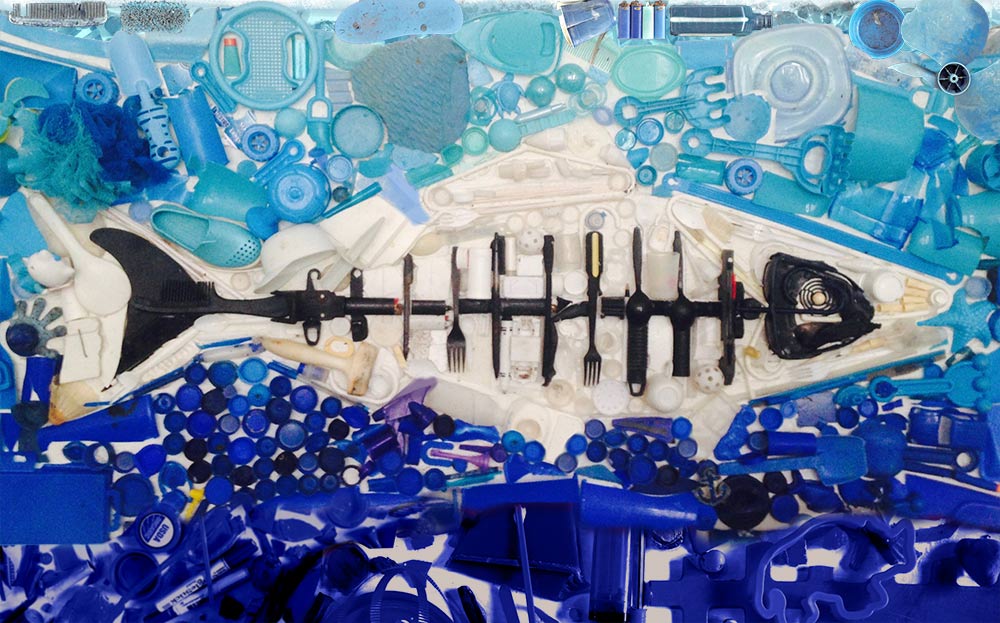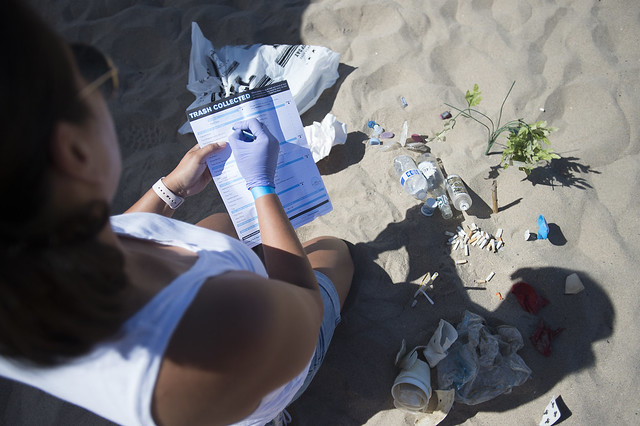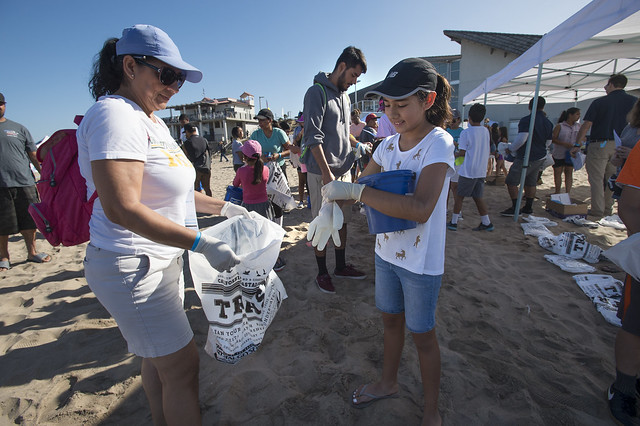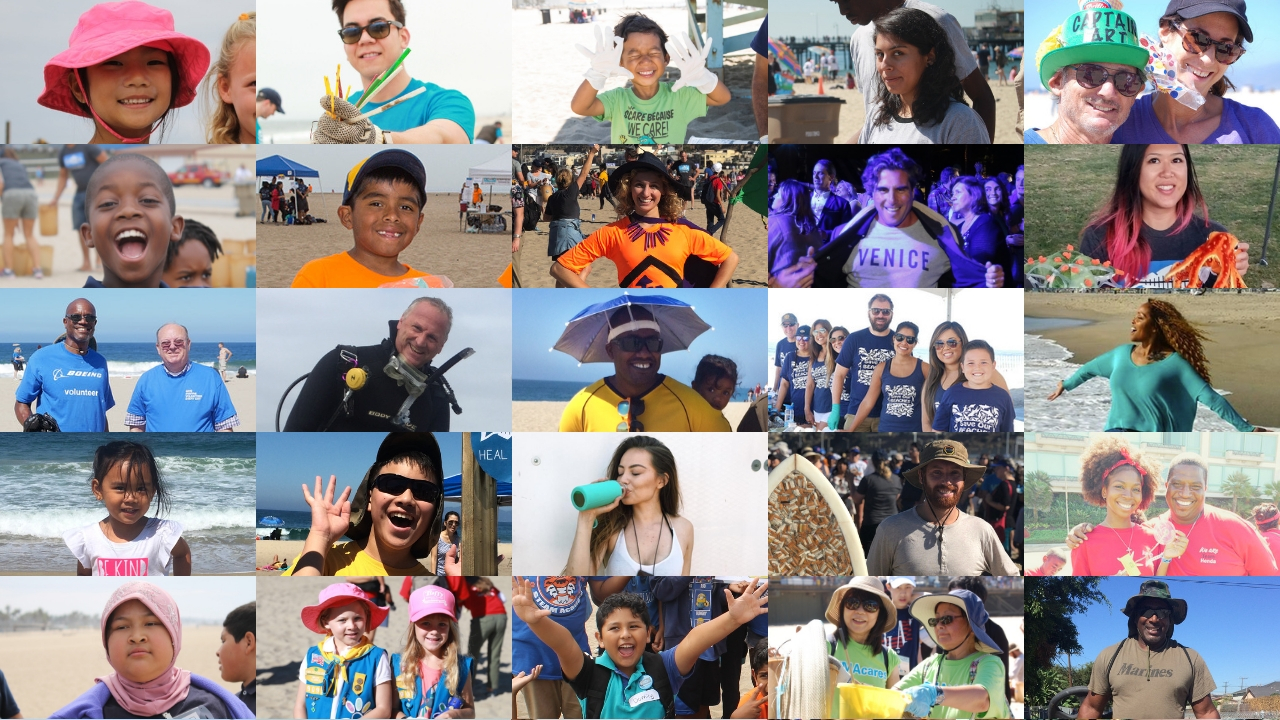Heal the Bay hosts hundreds of field trips to Heal the Bay Aquarium and the beach each year. We always kick off the new school year with the biggest field trip of them all: Coastal Cleanup Education Day!
The entire Heal the Bay team takes part in this special day for hundreds of local students in Grades 2, 3, 4, 5 and 6. Students are invited to experience natural phenomena and explore the great outdoors while practicing science skills. See all the photos from the day.
Inspiring today’s youth with real-world science
This year, we hosted 480 students from ten schools (9 from Los Angeles Unified School District and 1 from Long Beach Unified School District). Kelly Kelly, Heal the Bay’s Education Manager, says students honed in on Next Generation Science Standards “NGSS” Science and Engineering Practices – making observations, asking questions and developing explanations. They also experienced local beach ecology through animal ambassadors and interactions with the natural environment. Tying into Coastal Cleanup Day, students learned about watershed health, human impacts and pollution, and solutions to maintain a healthy environment – they even picked up 18 pounds of trash from Santa Monica State Beach.
Overheard on Coastal Cleanup Education Day
Students were overheard saying, “This is the best day ever!” And when asked what their favorite part of the day was, one student replied “Sharks! Touching the animals! I’ve never gotten to touch them before,” and “the beach was really awesome!”
One staffer said a highlight for her was when the students made a real-time connection between what they were learning and what they were seeing. After students reviewed a lesson on watersheds and storm drains in Heal the Bay Aquarium, they walked by grates in the ground on their way to the beach, and the students pointed out – “oh those are storm drains too!”
Why is a field trip to the beach so important?
Field trips are a great way to bring lessons learned at school to life. Research shows that outdoor classrooms are a critical tool to teaching and learning science.
“Teachers can effectively use the outdoors as a learning context periodically throughout the year as they instruct lessons on science. There is wide-ranging evidence to support the use of natural environments, local communities and outdoor settings as a real-world context for science learning that engages student interest as they investigate places around them,” according to the California Department of Education.
Get involved
We wouldn’t be able to create such a rich and dynamic field trip experience, if it weren’t for our volunteers, donors and advocates. Here’s how you can help out.
Give time: Stay on the lookout at our Take Part page for our 2020 Volunteer Orientation calendar, and sign up to learn how to become a volunteer at Heal the Bay. And visit Heal the Bay Aquarium – we’re open daily and we’d love to SEA you.
Give money: With 75 cents of every donated dollar supporting science-based advocacy, grassroots community outreach, and award-winning educational programs, your donation is a smart investment. Donate today!
Give voice: Out of time AND money? We get it. Don’t forget your voice is powerful in making change, too. Advocate for healthier seas and a greener and bluer LA, not only for future generations, but also for the youth today. Sign our Plastic Petition to reduce blight and health risks from plastic pollution in our neighborhoods and add your name to our monthly Blue newsletter for the latest campaigns and opportunities.





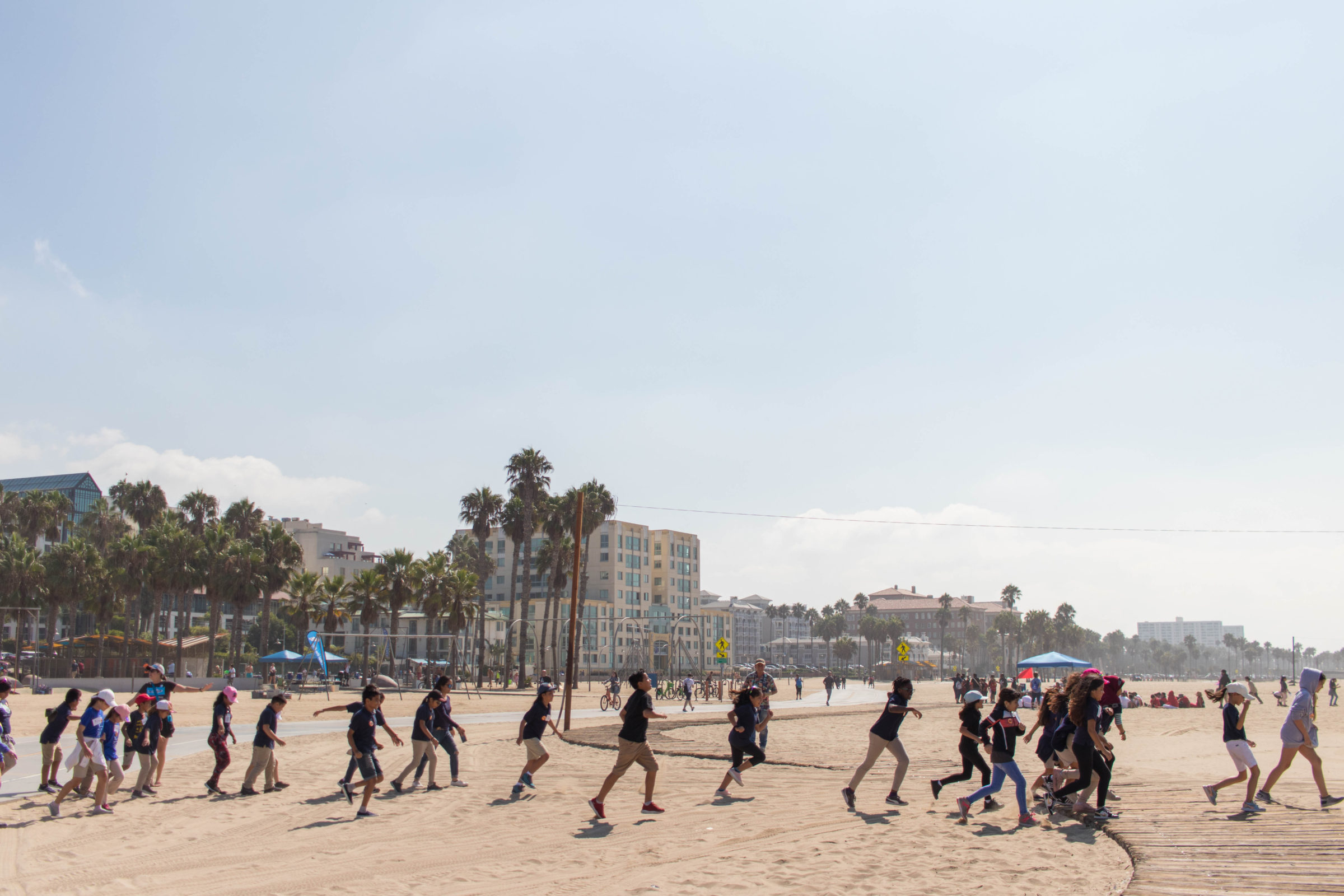
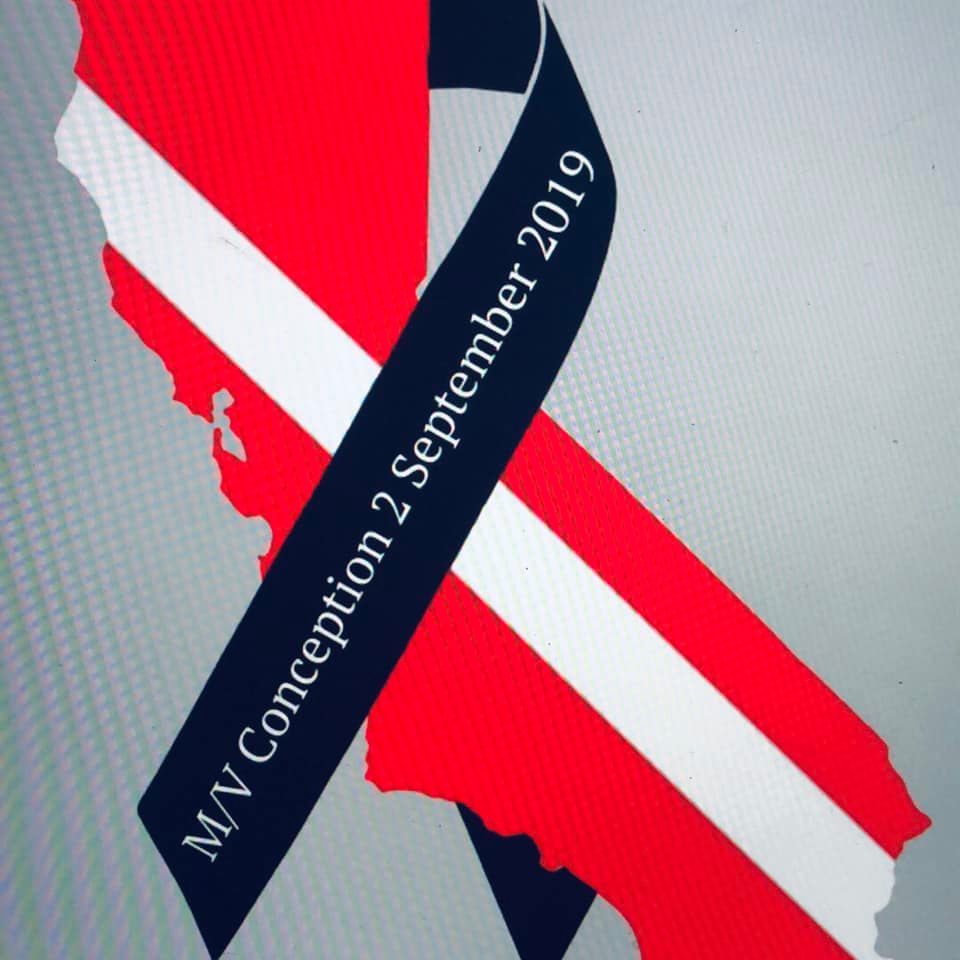
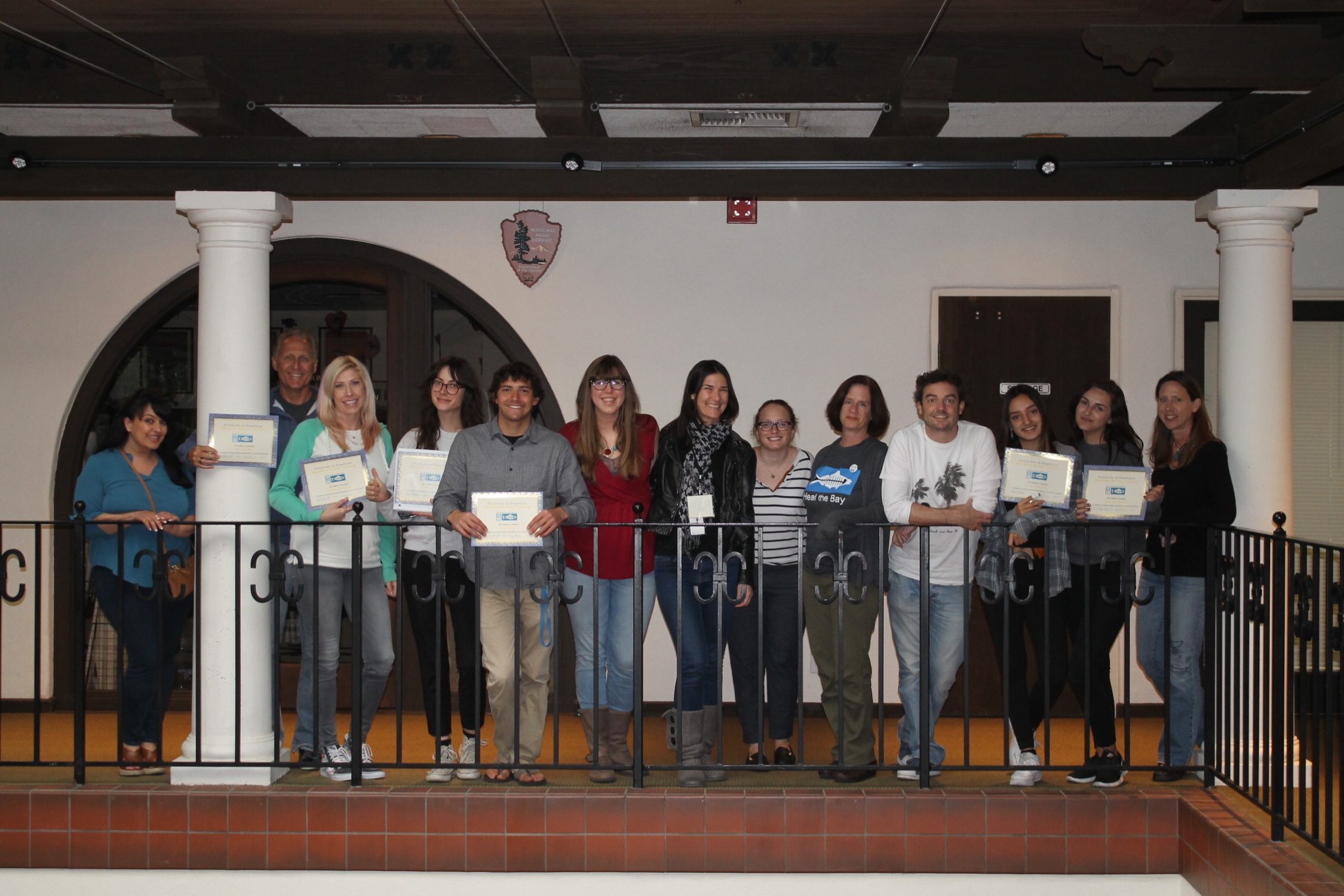
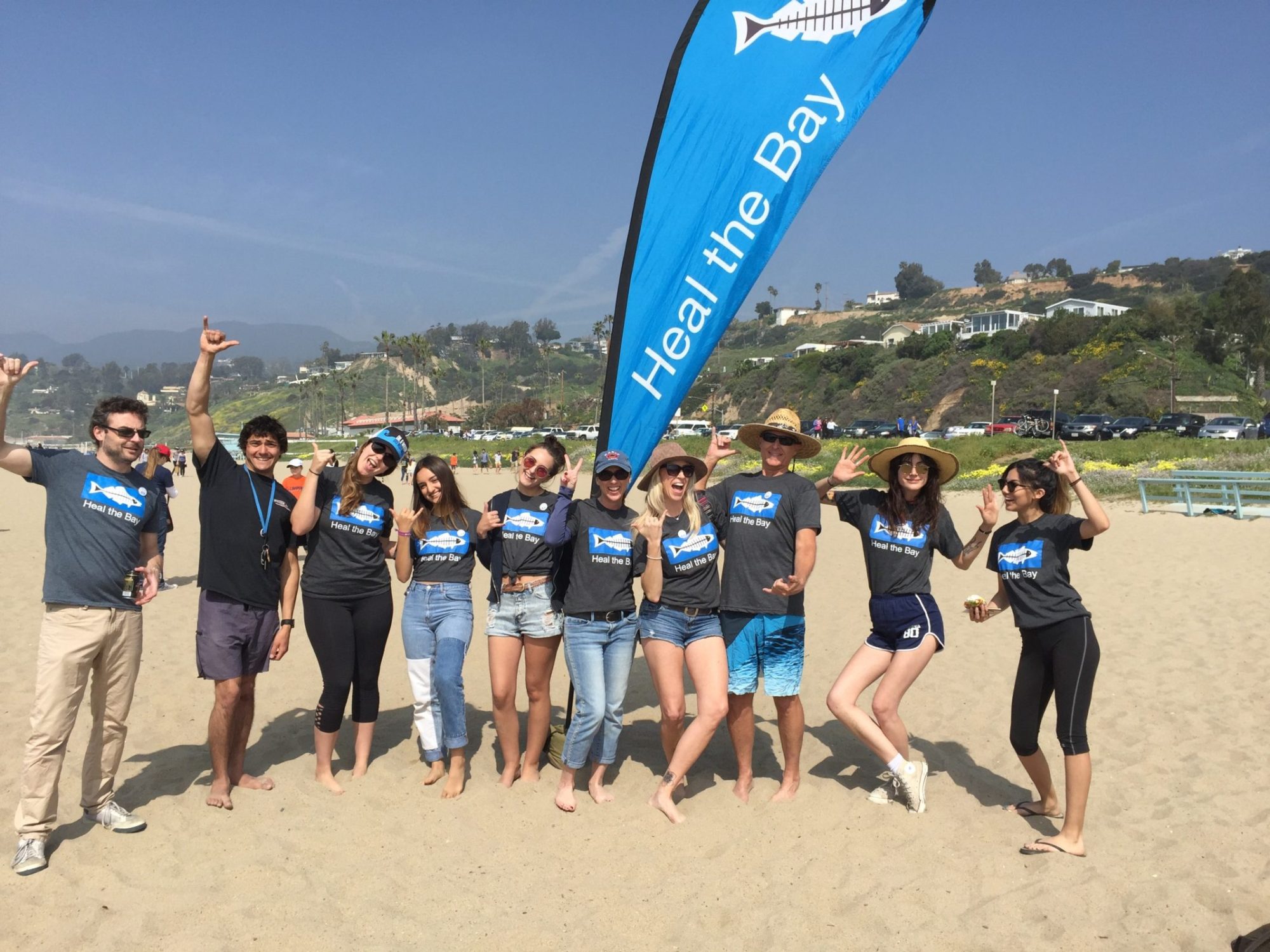
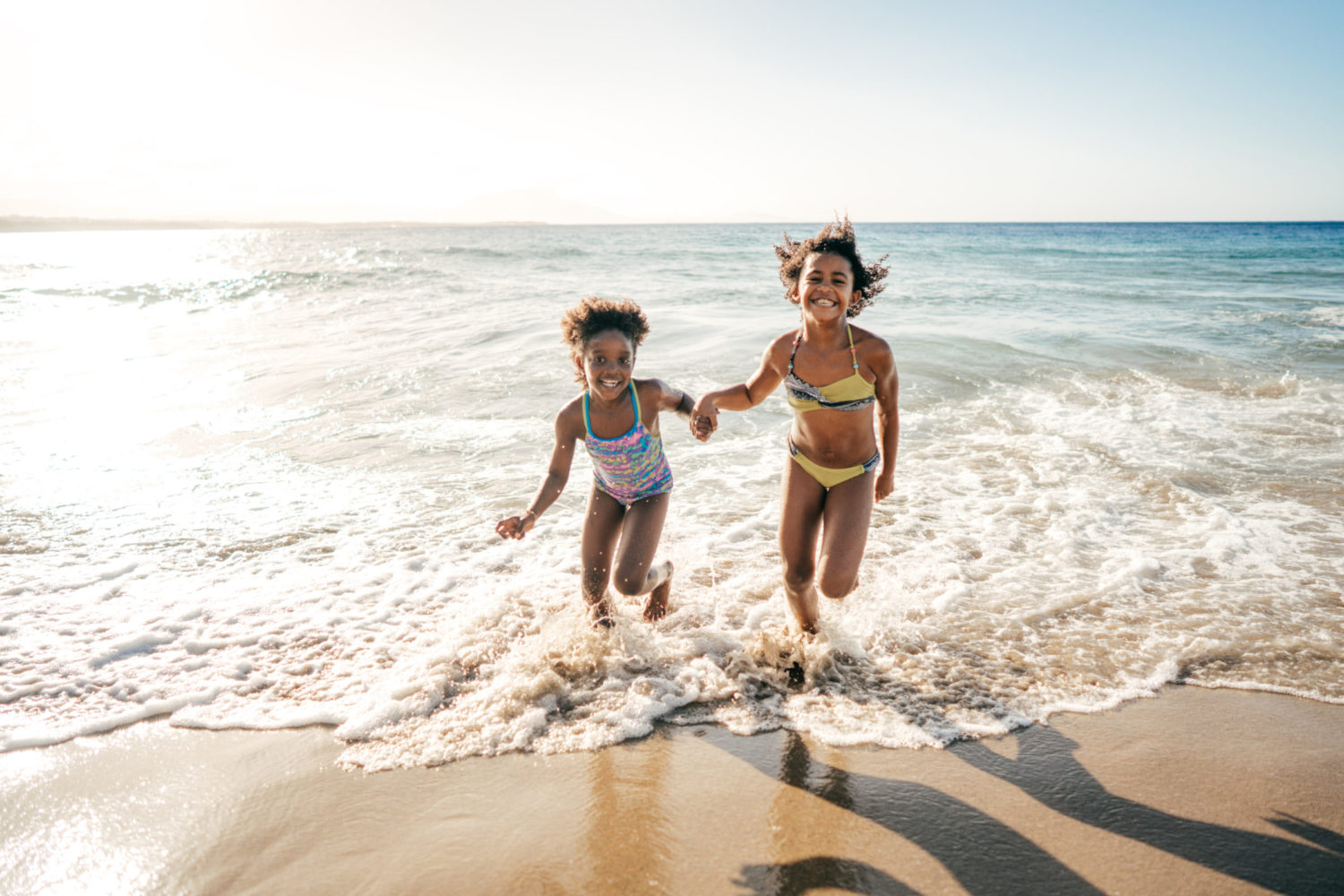
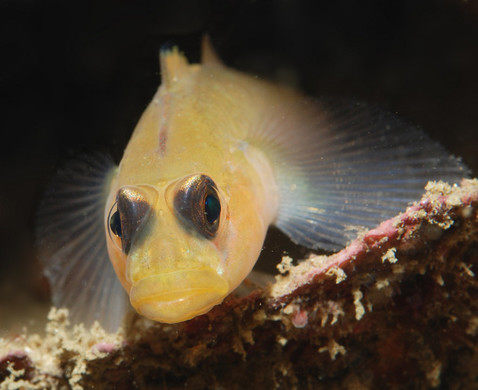
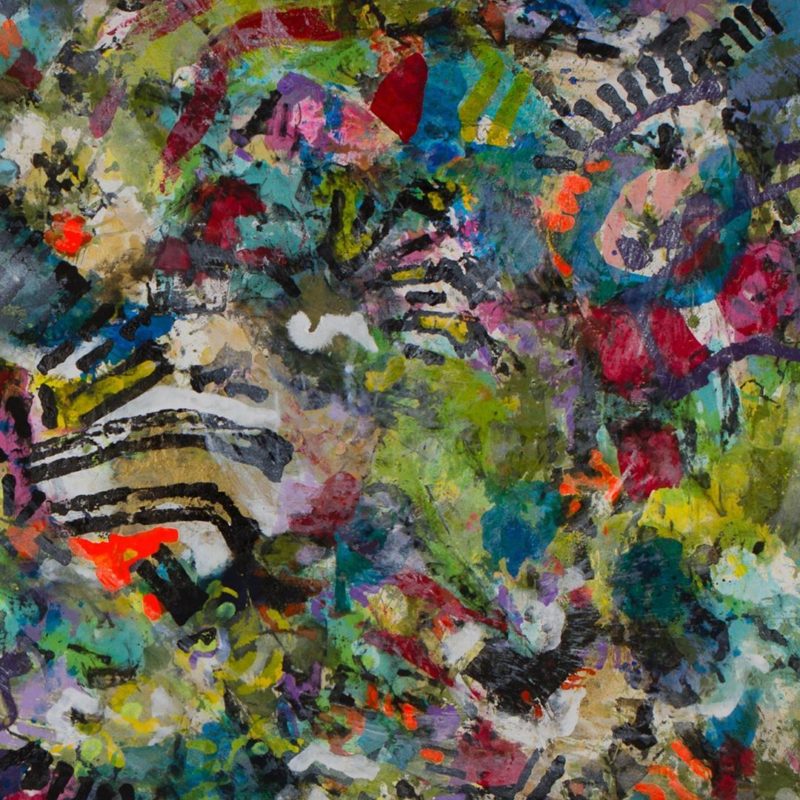
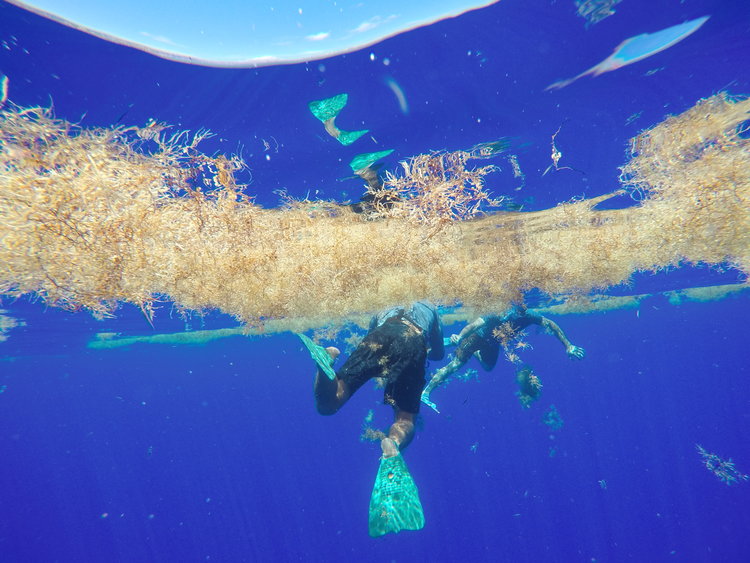
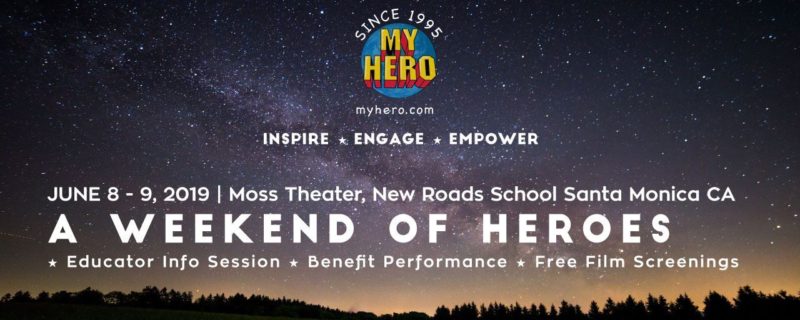
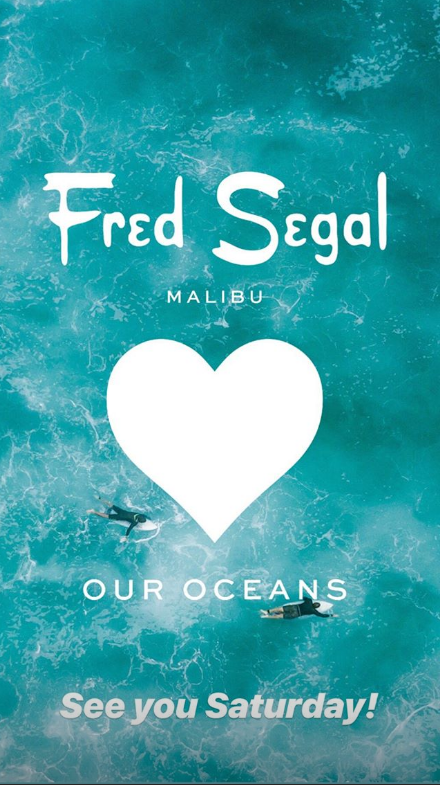
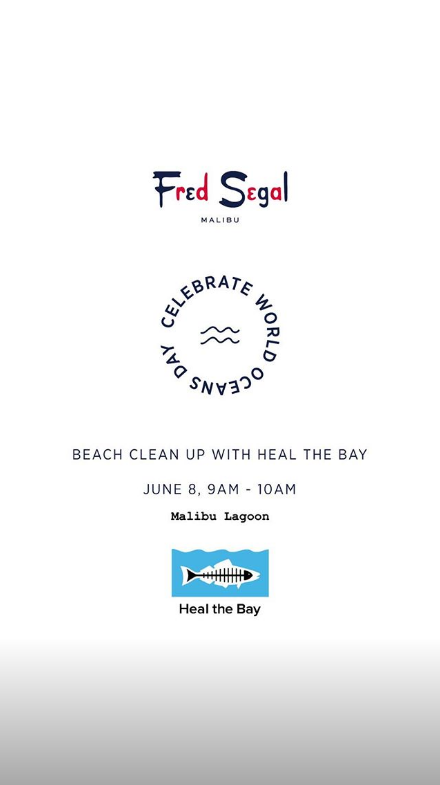
 Las áreas acuáticas para nado y recreación en el condado de Los Angeles brindan oportunidades importantes para quienes disfrutan y valoran la naturaleza de nuestros ríos y arroyos. Desafortunadamente, existe poca información o notificación pública de la calidad del agua por parte del estado. Como resultado, carecemos de datos estandarizados y la información disponible para el público es mínima y difícil de interpretar.
Las áreas acuáticas para nado y recreación en el condado de Los Angeles brindan oportunidades importantes para quienes disfrutan y valoran la naturaleza de nuestros ríos y arroyos. Desafortunadamente, existe poca información o notificación pública de la calidad del agua por parte del estado. Como resultado, carecemos de datos estandarizados y la información disponible para el público es mínima y difícil de interpretar.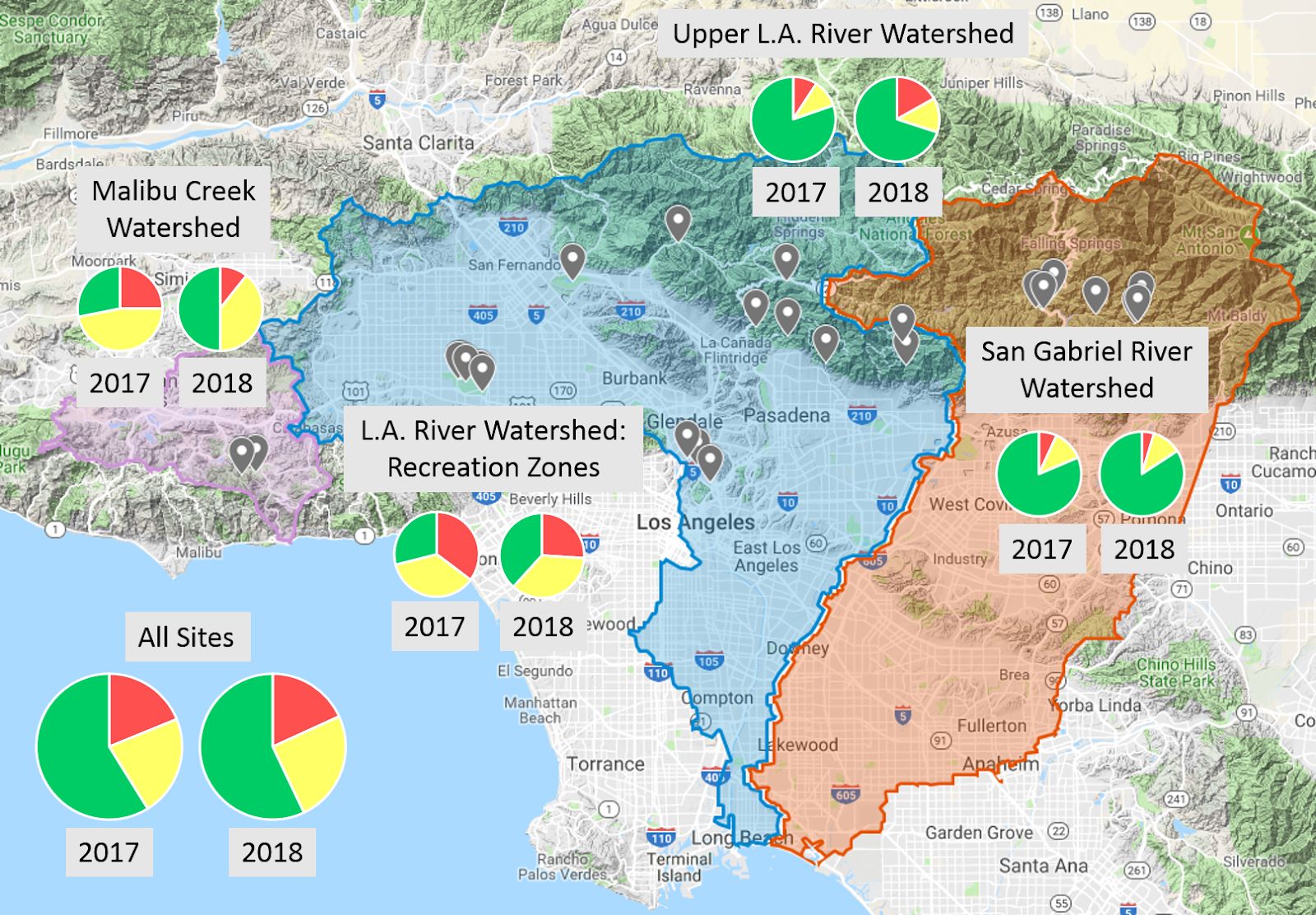
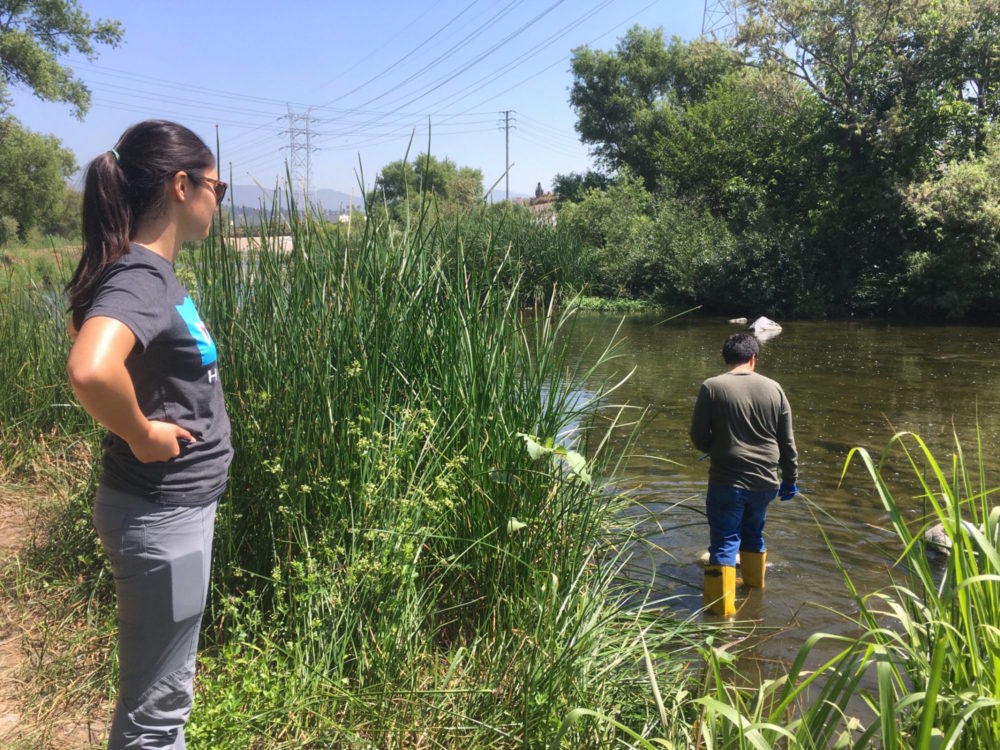
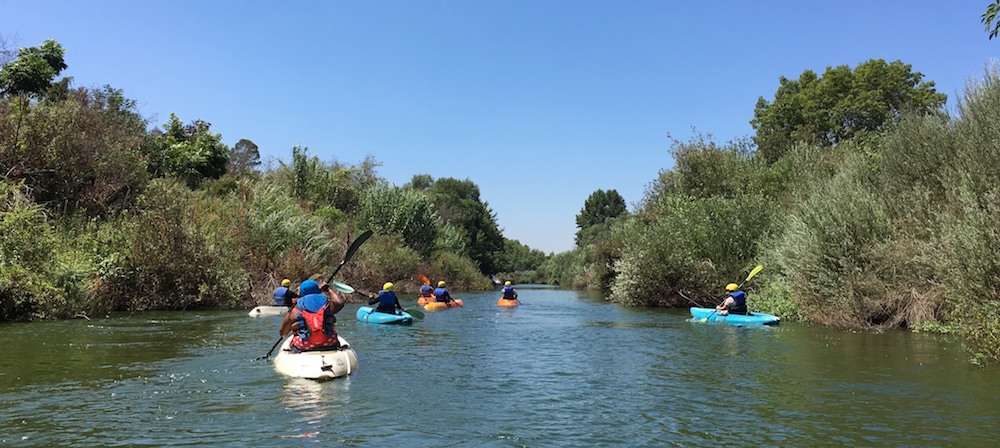 Tips for enjoying and staying safe in L.A.’s rivers, streams, and creeks
Tips for enjoying and staying safe in L.A.’s rivers, streams, and creeks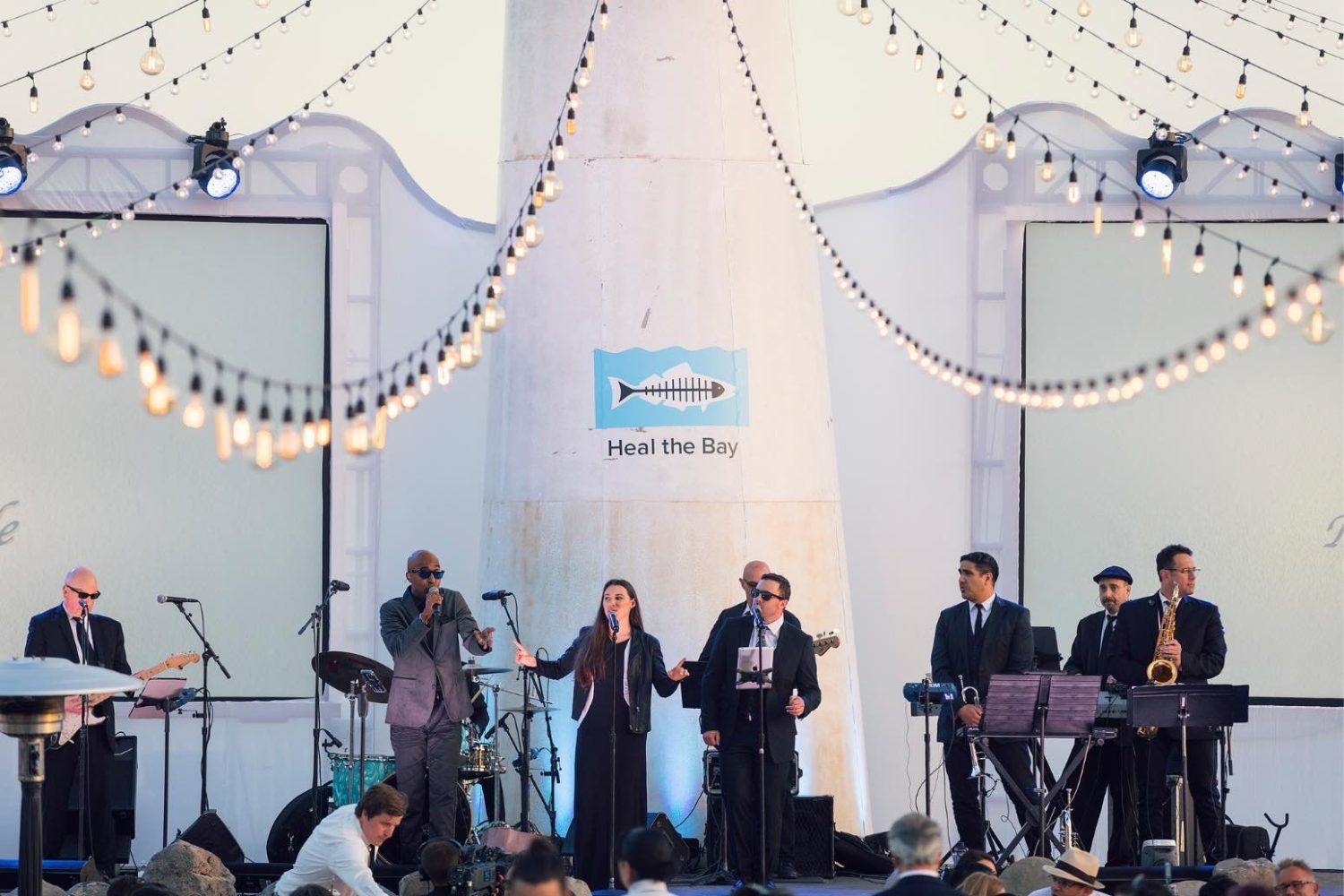
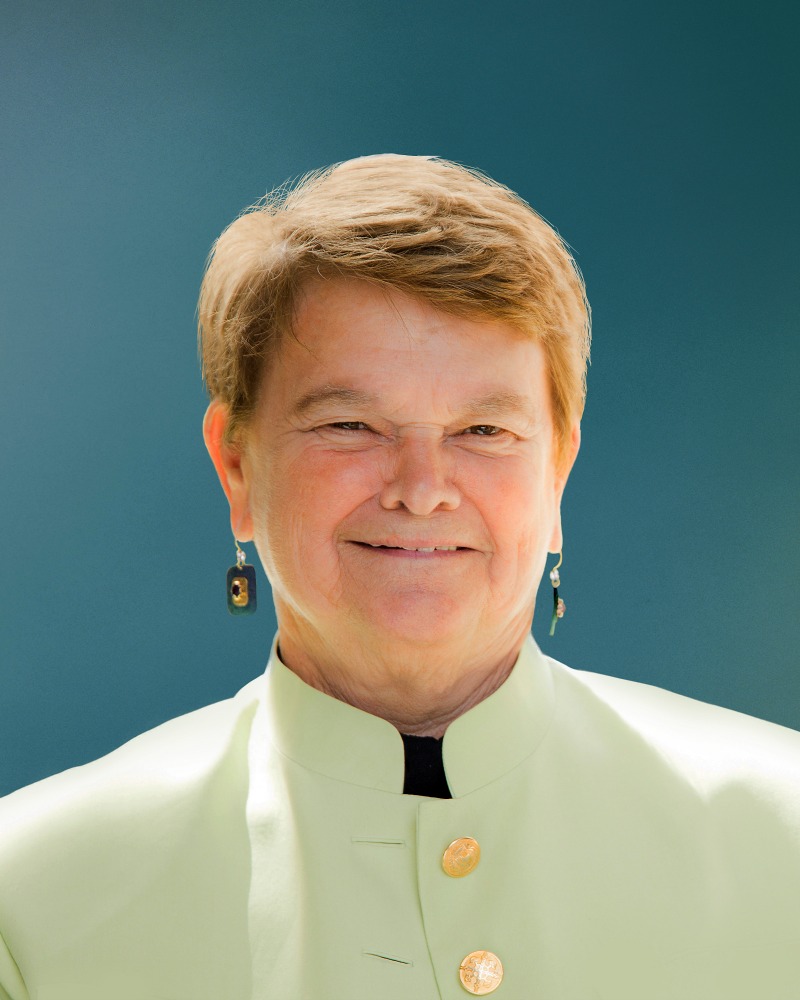
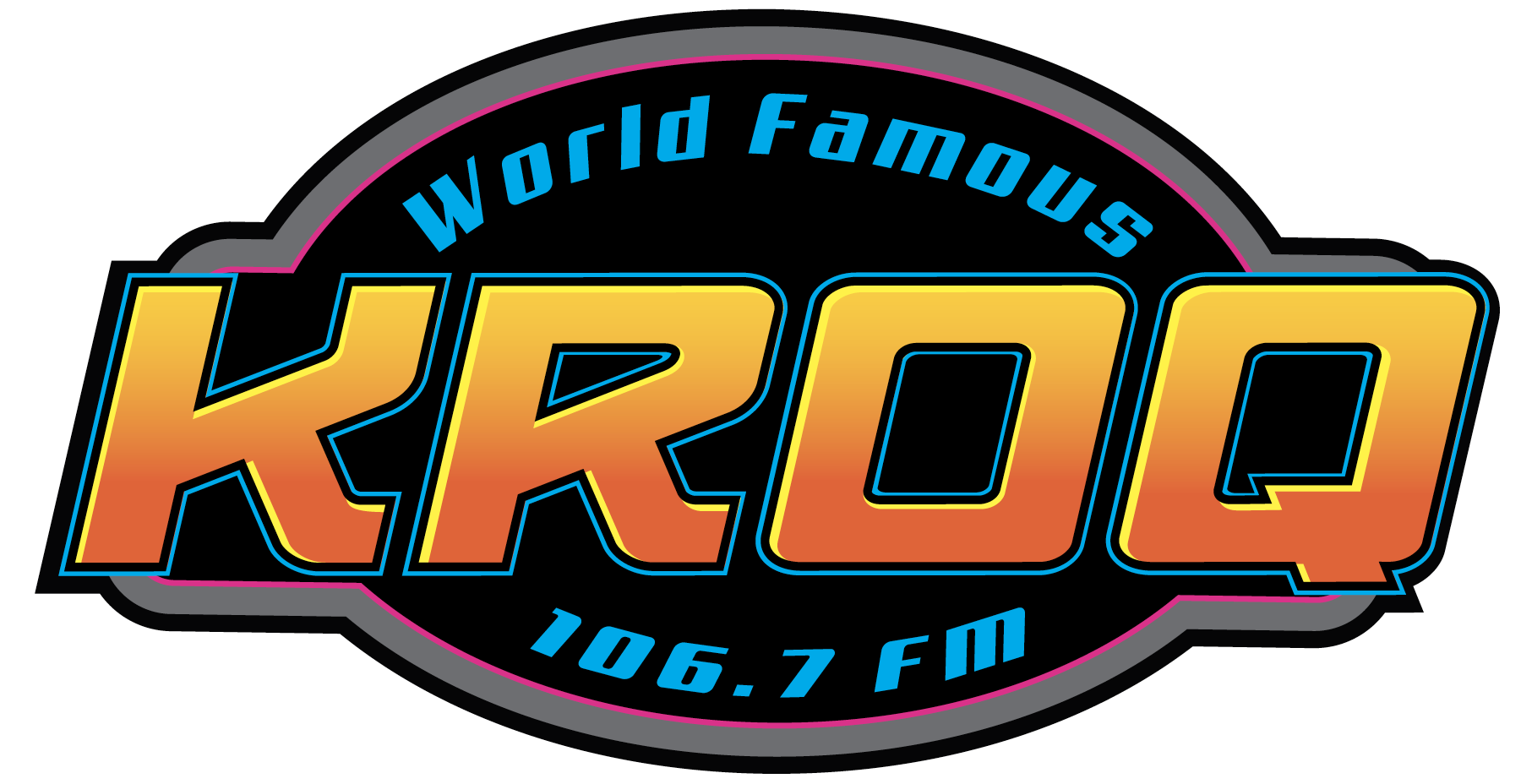


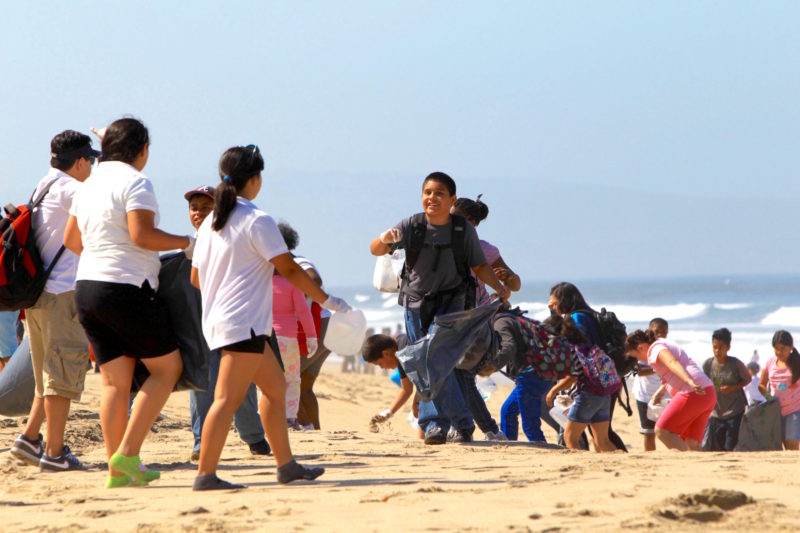
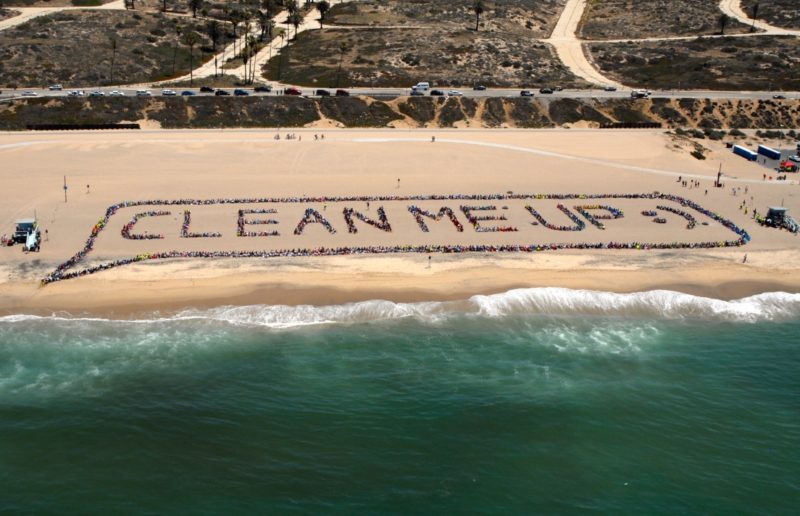 An aerial view of Kids Ocean Day 2014
An aerial view of Kids Ocean Day 2014